What is the tolerance range of precision screws?
What is the tolerance range of precision screws?
Service Hotline
+86760-8787 8587We have more than ten years of production experience in the screw industry, the main products are: open countersunk head rivets, electric control cabinet screws, 129 fishtail bolts, undertake design and production of screws, KM machine wire machine screws, carbon steel hexagon socket bolts, solid aluminum willow Nail, non-slip hexagon nut with pad hexagon nut, large hole flat washer, hollow nylon, chamfered inner hexagon socket bolt, non-standard outer hexagon bolt, electric locking all copper screw, nylon flange self-locking nut, compression screw For fasteners such as caps, due to the different materials and specifications of the products, the prices are also different. If you need it, please contact us.


The quality of electroplating is measured primarily by its corrosion resistance, followed by appearance. Corrosion resistance is to imitate the working environment of the product, set it as the test condition, and perform a corrosion test on it. The quality of electroplating products shall be controlled from the following aspects: 1. Appearance: Partial uncoated, scorched, rough, gray, peeling, crusted, and obvious stripes are not allowed on the surface of the product, and pinholes, pitting, and black plating are not allowed. Slag, loose passivation film, cracks, peeling off and serious passivation marks. 2. Coating thickness: The operating life of fasteners in corrosive atmosphere is proportional to its coating thickness. The general recommended thickness of economical electroplating coating is 0.00015in ~ 0.0005in (4 ~ 12um). Hot-dip galvanizing: the standard average thickness is 54 um (43 um for diameter ≤ 3/8), and the minimum thickness is 43 um (37 um for diameter ≤ 3/8). 3. Coating distribution: With different deposition methods, the aggregation method of the coating on the surface of the fastener is also different. During electroplating, the coating metal is not uniformly deposited on the peripheral edge, and a thicker coating is obtained at the corners. In the threaded portion of the fastener, the thickest coating is located on the thread crest, gradually thinning along the flank of the thread, and the thinnest deposit is at the bottom of the thread, while hot dip galvanizing is just the opposite, the thicker coating is deposited on the inside corners and On the bottom of the thread, mechanical plating tends to deposit the same metal as hot-dip plating, but is smoother and has a much more uniform thickness over the entire surface [3]. 4. Hydrogen embrittlement: During the processing and processing of fasteners, especially in the pickling and alkali washing before plating and the subsequent electroplating process, the surface absorbs hydrogen atoms, and the deposited metal coating then traps hydrogen. When the fastener is tightened, the hydrogen is transferred towards the most stressed parts, causing the pressure to build up beyond the strength of the base metal and producing microscopic surface cracks. Hydrogen is particularly active and quickly seeps into the newly formed fissures. This pressure-rupture-penetration cycle continues until the fastener breaks. Usually occurs within a few hours after the first stress application. To eliminate the threat of hydrogen embrittlement, fasteners are heated and baked as soon as possible after plating to allow hydrogen to seep out of the plating, typically at 375-4000F (176-190C) for 3-24 hours. Since mechanical galvanizing is non-electrolyte, this virtually eliminates the threat of hydrogen embrittlement, which exists in galvanizing using electrochemical methods. In addition, due to engineering standards, it is forbidden to hot-dip galvanize fasteners with hardness higher than HRC35 (Imperial Gr8, metric 10.9 and above). Therefore, hydrogen embrittlement rarely occurs in hot-dip plated fasteners. 5. Adhesion: Cut or pry off with a solid tip and considerable pressure. If, in front of the blade tip, the coating peels off in flakes or skins, exposing the base metal, the adhesion shall be considered insufficient.
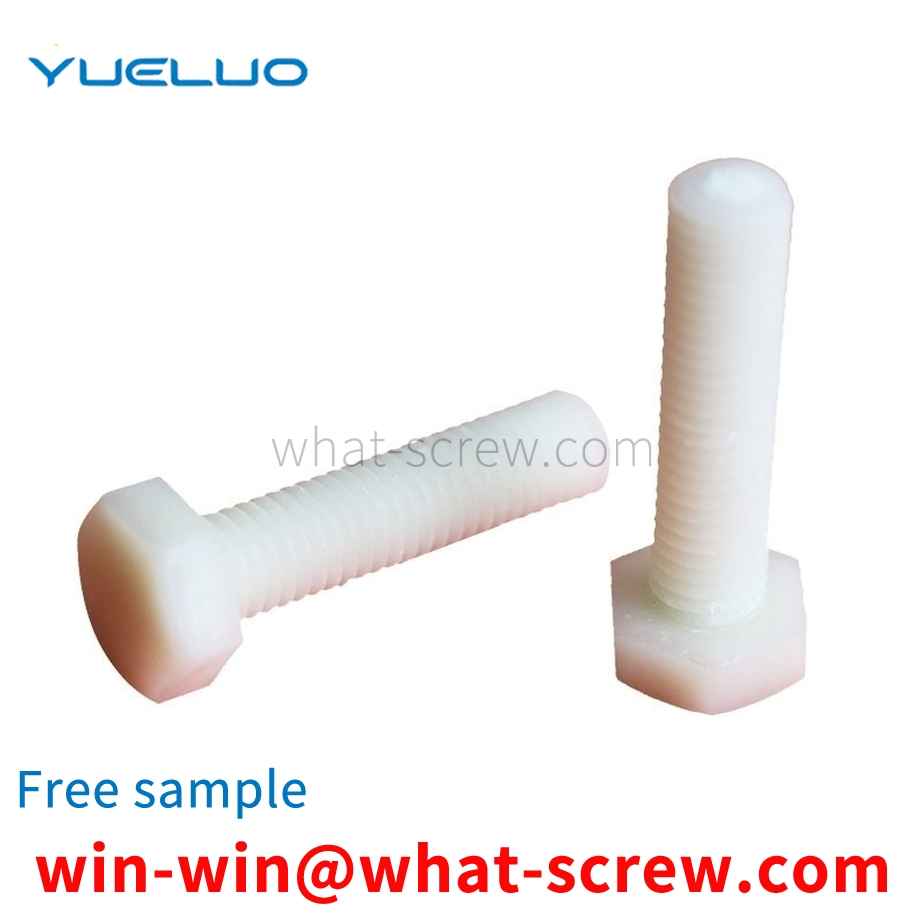
screw is a tool that uses the physical and mathematical principles of the circular rotation and friction of an object to fasten the mechanism of the object step by step. A screw is a common term for fasteners, an everyday colloquial language. Screws are indispensable industrial necessities in daily life: tiny screws used in cameras, glasses, clocks, electronics, etc.; general screws in televisions, electrical products, musical instruments, furniture, etc.; as for engineering, construction, and bridges, large screws are used. Screws and nuts; transportation equipment, airplanes, trams, automobiles, etc. are used together with large and small screws. Screws have important tasks in industry. As long as there is industry on earth, the function of screws will always be important. The screw is a common invention in people's production and life for thousands of years. According to the application field, it is the first invention of mankind.
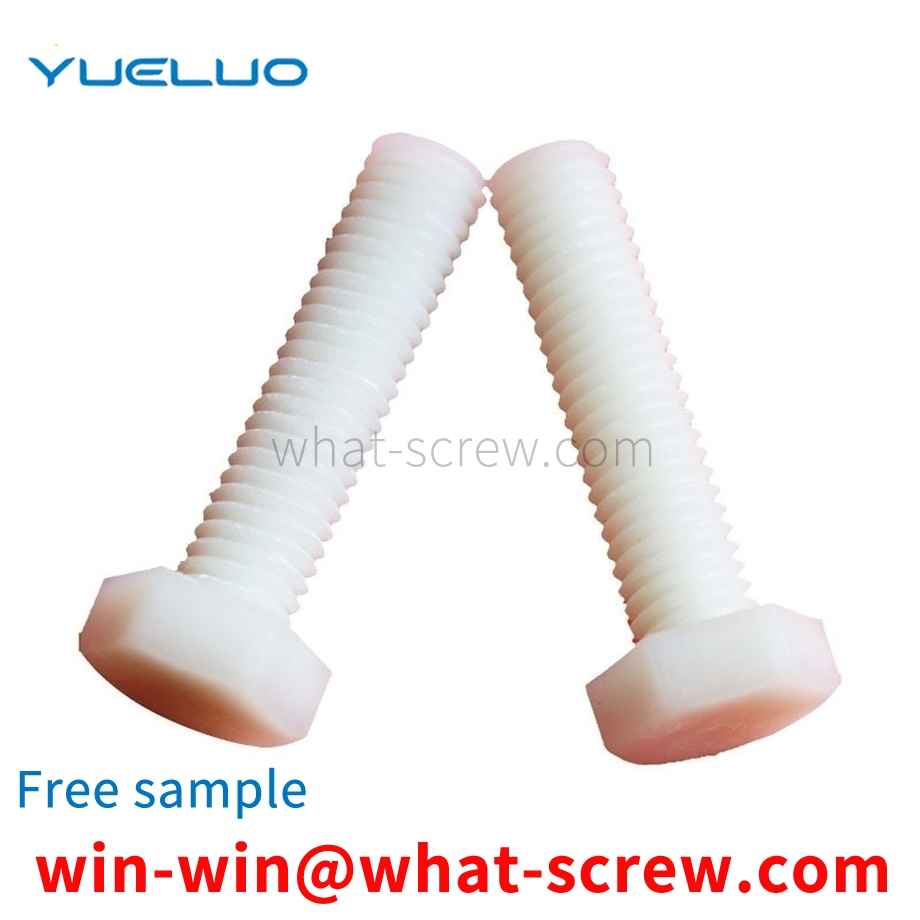
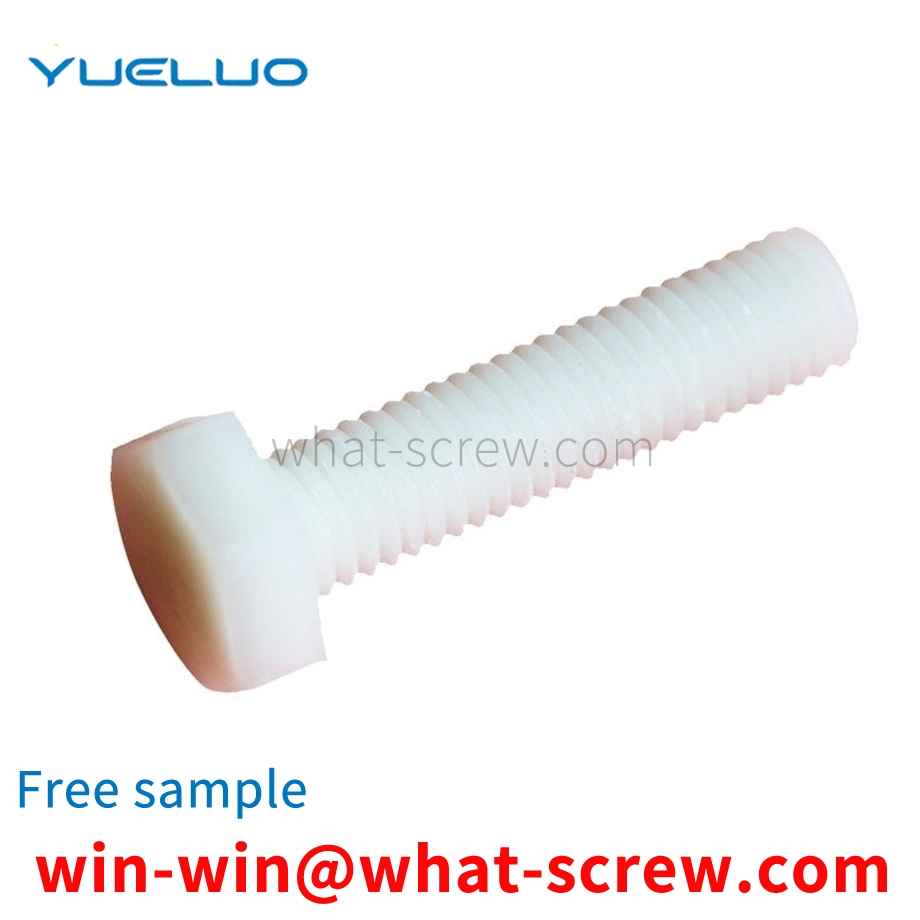
The advantage of wood screws is that the consolidation ability is stronger than that of nails, and they can be removed and replaced, which is more convenient to use without damaging the wood surface. This is a kind of nail specially designed for wood, and after entering the wood, it will be embedded in it very firmly. If the wood is not damaged, it is impossible to pull it out, and even if it is pulled out forcibly, it will bring out the nearby wood. Another point to note is that the wood screws must be screwed in with a screwdriver. Never knock them in with a hammer, as it will damage the surrounding wood. A screwdriver is a tool for loading and unloading wood screws. The shape matches the groove shape of the wood screw head, and there are two types: one-word and cross-shaped. In addition, there is a special screwdriver installed on the bow drill, which is suitable for loading and unloading large wood screws. Convenient and labor-saving. [2]
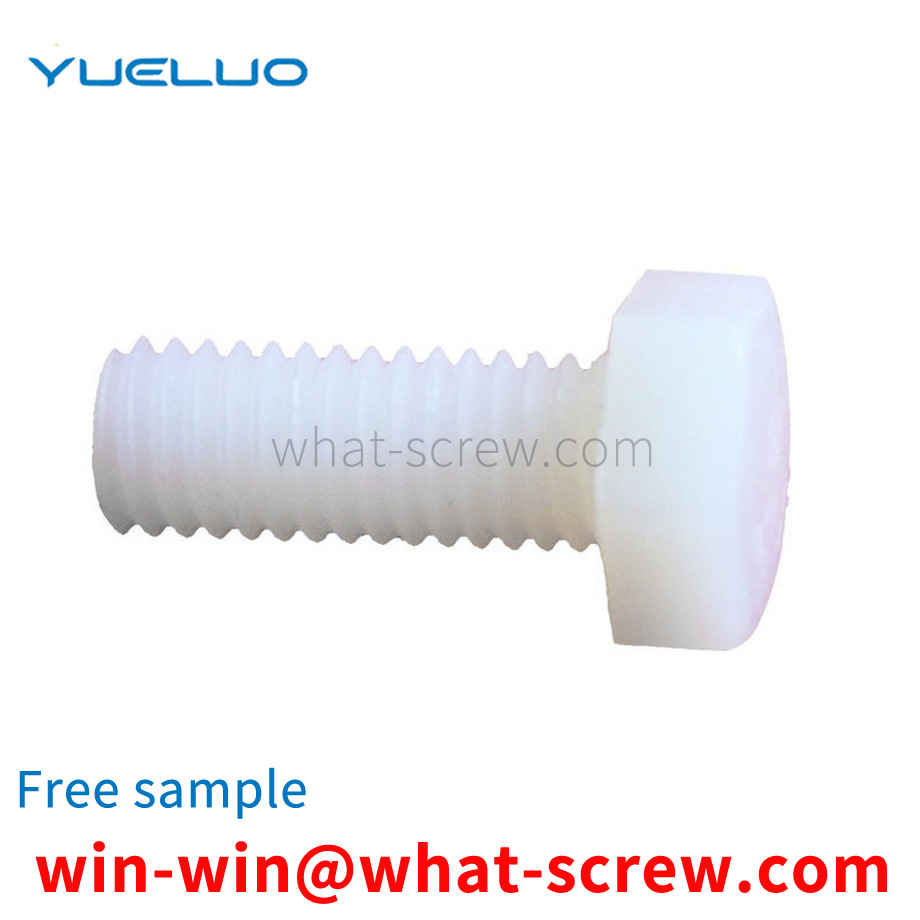
Contents of the utility model Guangdong Yueluo Hardware Industry Co., Ltd. is to solve the problem of needing one hand to hold the screw when screwing the screw at present, and to provide a screw fixture that can screw the screw without holding the screw by hand. Guangdong Yueluo Hardware Industry Co., Ltd. adopts the following technical solutions. Guangdong Yueluo Hardware Industry Co., Ltd. includes a clamp sleeve, and the middle of the clamp sleeve is a through hole. The outer end of the pivot pin is in contact with the spring. The beneficial effect of Guangdong Yueluo Hardware Industry Co., Ltd. is because Guangdong Yueluo Hardware Industry Co., Ltd. is provided with a rotating pin on the shaft of the fixture sleeve that can contact the screw, and the outer end of the rotating pin is in contact with the spring, so that the screw It is easy to fix in the through hole of the fixture cover, and the screwdriver is also in the through hole of the fixture cover, which ensures the alignment of the screw and the screwdriver, so it is avoided to hold the screw by hand, and the screw is quickly screwed to the object. in vivo.
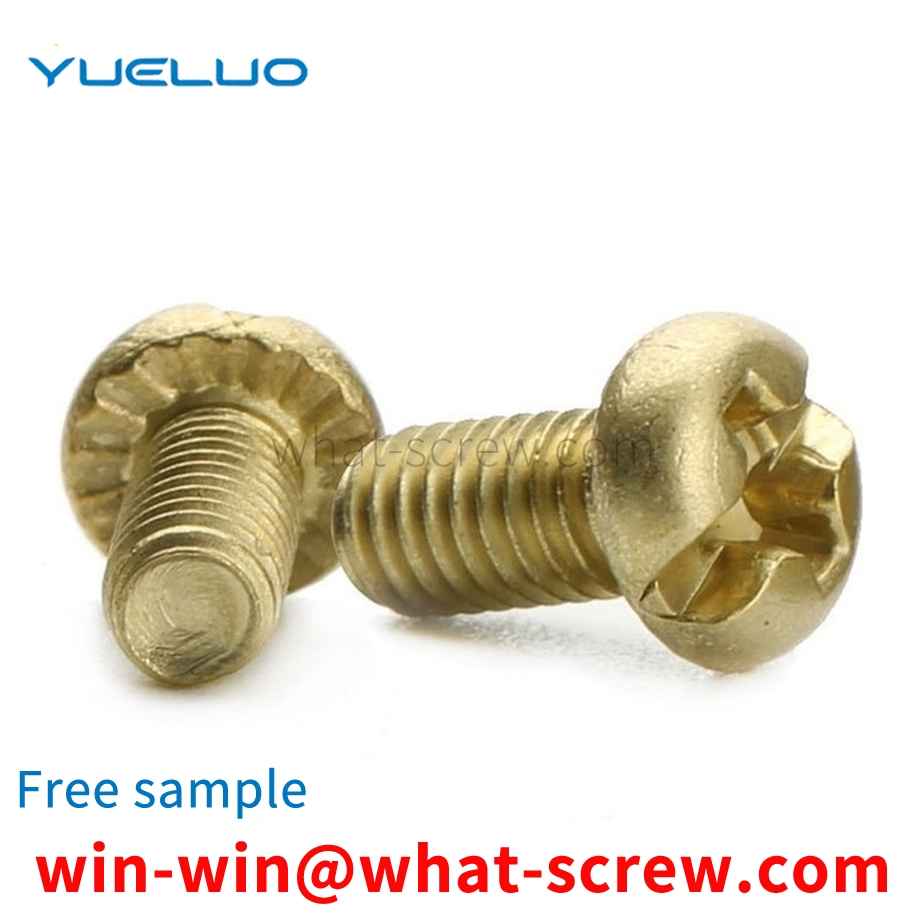
The above content is uploaded by Yueluo or the Internet. If there is any copyright issue, please contact [email protected].

What is the tolerance range of precision screws?

How to choose the right stainless steel screw manufacturer?

Why is there an R angle under the head of the hexagon head s...

We have more than ten years of production experience in the ...

We have more than ten years of experience in the production ...

We have more than ten years of experience in the production ...

We have more than ten years of experience in screw industry ...